Whatever the plans prepared in advance, the war determines its own pace and direction - a truism that of late we see unfolding before us. As the Swat operation was thought to have been nearly accomplished NWFP Governor Owais Ghani ordered the forces to move into South Waziristan and capture Baitullah Mehsud who had claimed responsibility for the assassination of Lahore-based anti-Taliban cleric Allama Sarfraz Naeemi.
The said Taliban chief, safely ensconced in the rugged Mehsud heartland, had escaped CIA-operated drone attacks for the American determination that he is not involved in Afghanistan. But he was almost friendless in that area, because the other important regional Taliban commanders, Gul Bahadur and Maulvi Nazir, had cut peace deals with the Pakistan government. Consequently, the conflicting loyalties of the two sets of Taliban commanders tended to be undermining the Pak-US anti-Taliban co-operation in the tribal region.
Now that the Pakistan government had made up its mind to storm the Baitullah's stronghold there came about the deadly drone attack on a funeral of the target of an earlier drone strike forcing the change of heart among the Taliban of North Waziristan.
The ferocity with which they struck a military convoy killing some 17 regular troops including three officers, clearly suggests that the war against Taliban in the tribal belt is going to be a long-haul hard-fought business. No wonder, in the emerging scenario, as the latest media reports indicate, the long-withheld US reluctance to share drone attacks information with Pakistani forces has given way to shared operational intelligence.
What we have on our hands today is not a conventional war against a known enemy across the international border. It is a kind of civil war (though one may call it low-grade insurgency or militancy to make it look less dangerous). Indeed, it is being fought on hard ground but, quintessentially, its main battlefield is in the hearts and minds of the people. You win or lose this war there.
So, it is essential that you keep them fully informed of the gains and losses in that war. A case in point: we very well know how barbaric is this lot called Taliban but had our government presented pictorial evidence of the recent slaughtering incident in Biha valley in Swat, its impact would have been far more serious.
Similarly, credibility of reports on the losses suffered by the Swat Taliban in terms of war casualties and captured ringleaders is being questioned because no evidence has been presented to back the claims made. Then who knows that Taliban who are believed to have been eliminated may well have moved next door or gone underground to surface elsewhere or on another day.
Frankly, there is a dimension of surrealism to the big picture of this conflict in Pakistan. There is something seriously amiss in what the people should know and we apprehend that if this continues their support would relent and weaken. In mass communication, nothing sells half as better as truth.
Unless Baitullah Mehsud surrenders or gets killed in an air strike or otherwise and his new allies, Gul Bahadur and Maulvi Nazir, meet the same fate there is every possibility that the Pakistani forces have to fight a two-front war in Waziristan.
Given that Mehsuds and Wazirs are a warrior race and have strong links with Afghan Taliban and have apparently united in the conflict on our western border could pose a grave challenge to the territorial integrity of Pakistan. Add to this their constitutionally recognised special status and we have on our hands an enormous dilemma much likely to be exploited by our adversaries.
It is our belief that the people are fully committed to cleansing our land of the twin-curse of extremism and militancy. But their support would take tangible shape only when they know how that war against this menace is progressing.
We recognise that not much can be disclosed in advance about the tactics of war, but certainly, it is possible to present a more objective post-action account than what we have today. Simply said, people would like to know more about the outcome of military actions in Swat and rest of the restive regions where troops are deployed.
BR100
15,235
Increased By
150.4 (1%)
BR30
44,824
Increased By
812 (1.85%)
KSE100
149,971
Increased By
1353.3 (0.91%)
KSE30
45,655
Increased By
407.2 (0.9%)






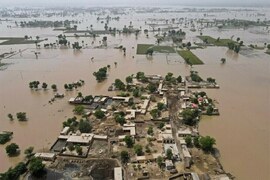







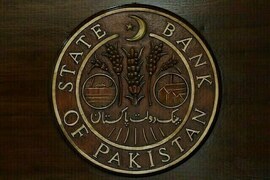


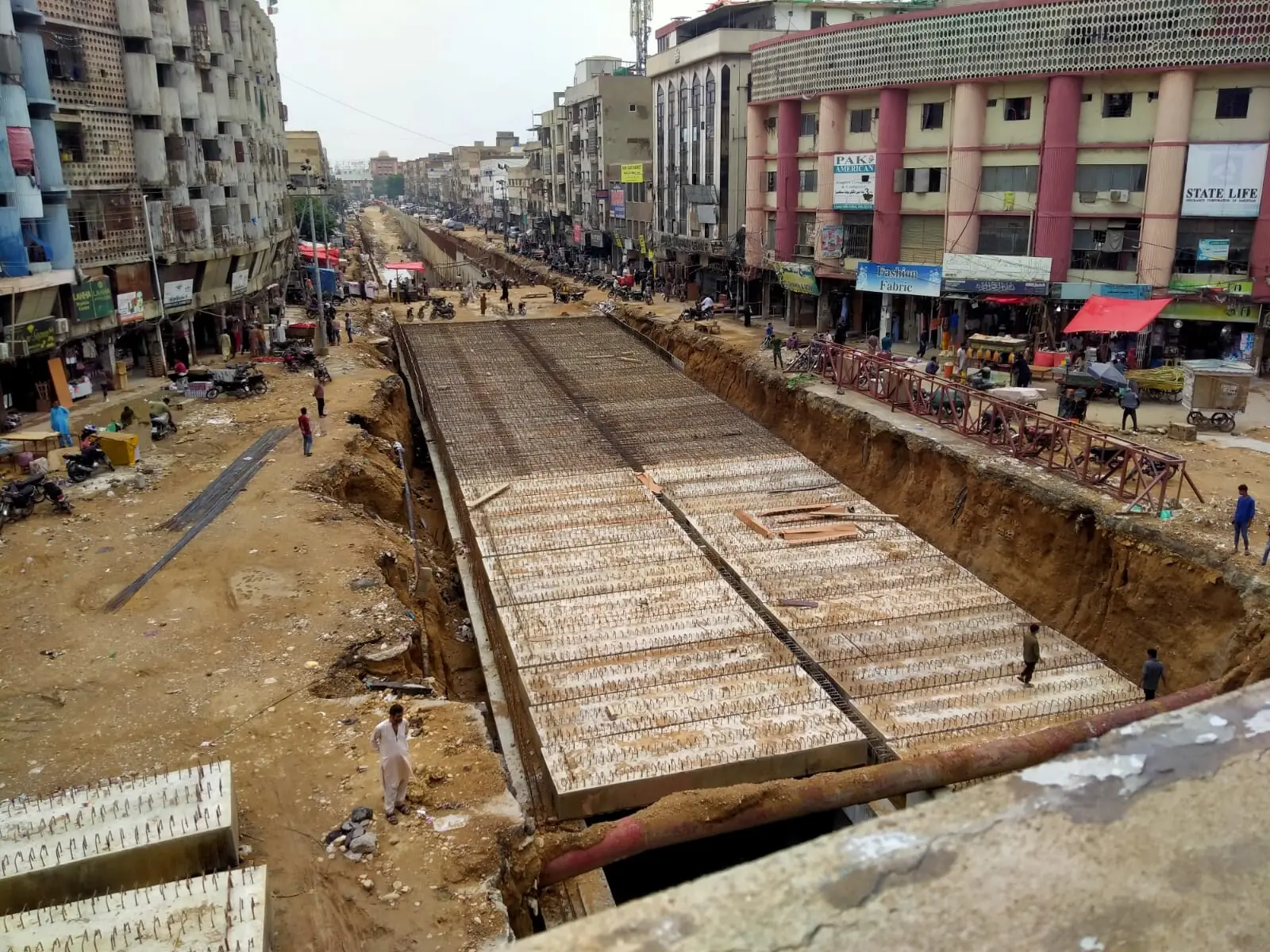

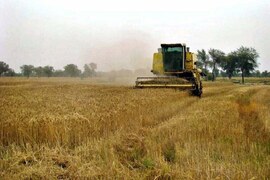

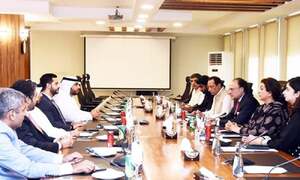
Comments
Comments are closed.